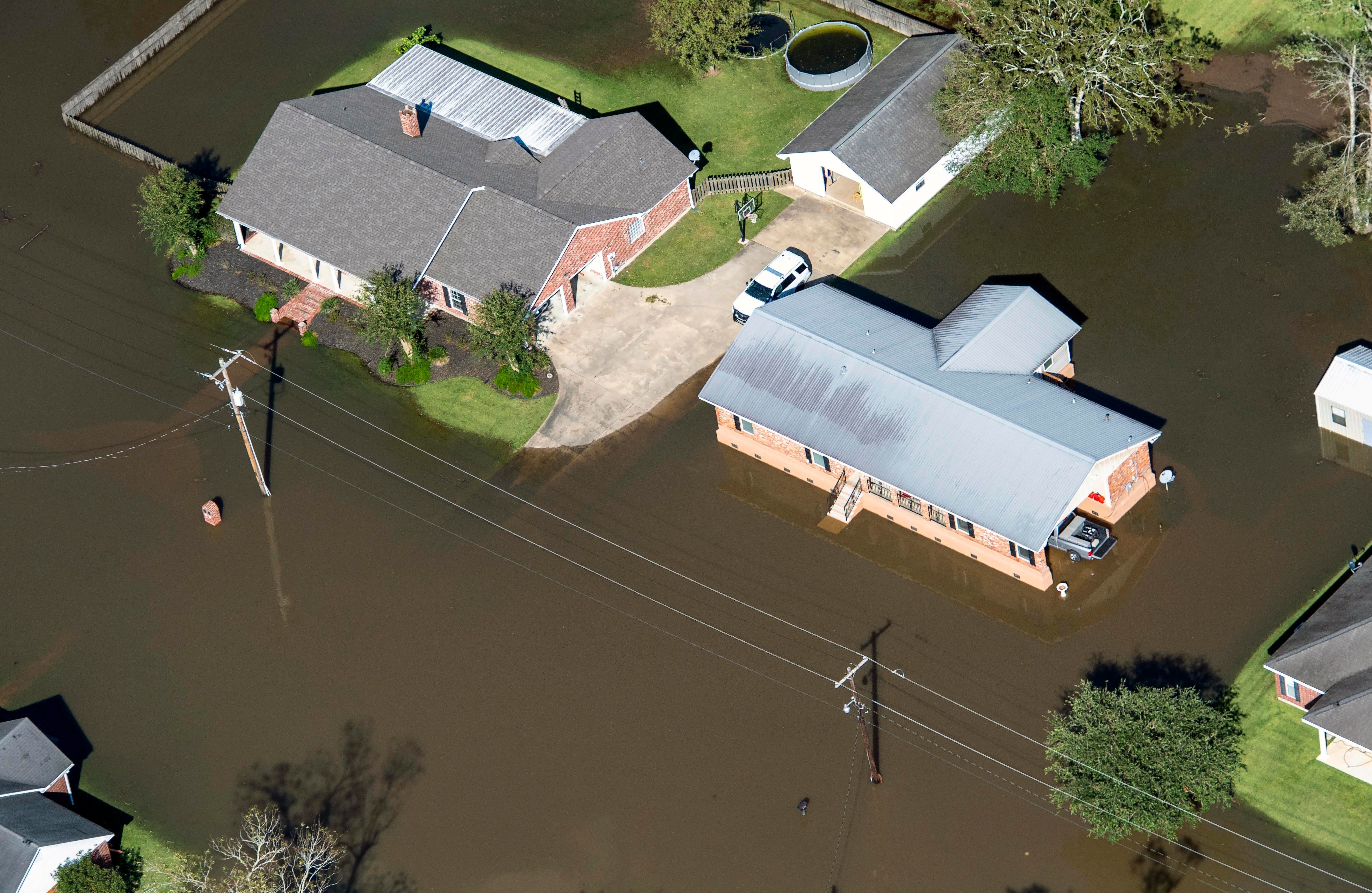Hurricane Center report details $2.9 billion cost from Delta
The National Hurricane Center says that Hurricane Delta caused nearly three billion dollars in damage when it hit on Oct. 9

Hurricane Delta, which made landfall about 11 miles (about 18 kilometers) from where the devastating Hurricane Laura hit a little more than a month earlier, cost $2.9 billion in the United States and was linked to six deaths in the U.S. and Mexico according to a report from the National Hurricane Center.
The report released Tuesday details the hurricane's origins, trajectory and things such as wind speed and storm surge when it made landfall in southwestern Louisiana
The Center releases similar reports on every named storm that hits during a season. The reports on some of the 2020 season's most devastating hurricanes - including Laura, Iota and Zeta - have yet to be published.
In the United States, two people died as a direct result of Delta — a 19-year-old woman and a 49-year-old man who both drowned in rip currents near Destin Florida — and there were two indirect deaths associated with electrocutions and fires. In Mexico, there were two indirect deaths — an electrocution and a fall — linked to the hurricane.
The Center classifies deaths as direct or indirect. Direct deaths are those considered directly tied to the storm such as drowning in storm surge or being in a house that collapses from wind. Someone who dies of a heart attack during a storm or is electrocuted by a downed power line, for example, is considered an indirect death.
The hurricane came ashore as a Category 2 storm with winds of 97 miles per hour (156 miles per hour) and produced a storm surge that got up to nine feet (2.7 meters) in some areas east of where it made landfall near Creole, the report said. While Laura's earlier damage came through devastating winds, Delta produced huge rain totals in some areas particularly between Lake Charles and Alexandria. Nearly 18 inches of rain fell in LeBleu Settlement northeast of Lake Charles, the report said.
The Center also released a report Tuesday on Hurricane Marco. That storm, which came days before the much more destructive Laura made landfall on August 27, was originally thought to have made landfall at the mouth of the Mississippi River on Aug. 24 based on satellite imagery. But in the report, the Center said further research suggests it stayed just south and did not actually make landfall. There were no reports of casualties linked to the storm and only minor damage.
The 2020 Atlantic hurricane season set multiple records while producing a record 30 named storms. There were so many that the list of 21 conventional names was exhausted and the Greek alphabet was used for only the second time. The season also saw the second-highest number of hurricanes on record after 13 of the storms reached hurricane status.